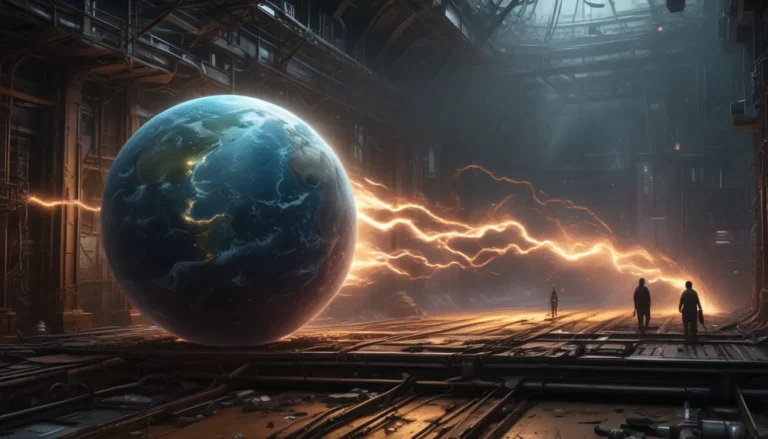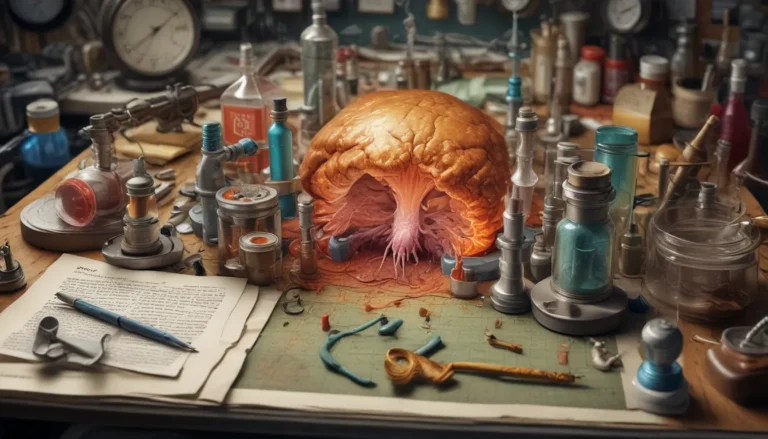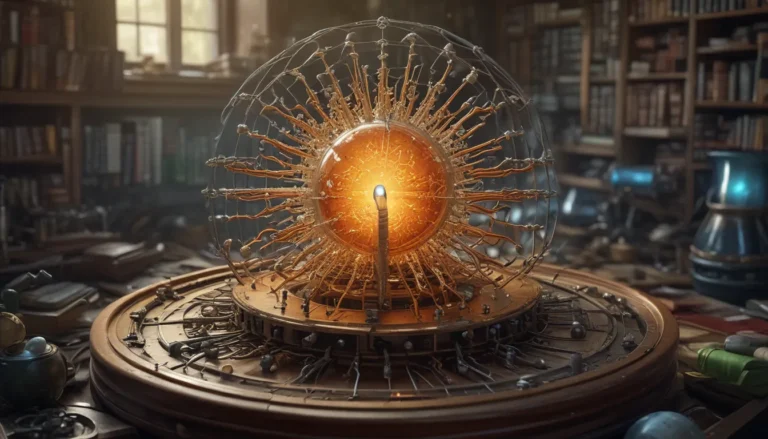A Note About Images: The images used in our articles are for illustration purposes only and may not exactly match the content. They are meant to engage readers, but the text should be relied upon for accurate information.
The Snell-Descartes Law of Refraction is a key concept in optics that allows us to comprehend how light behaves as it moves from one medium to another. Named after the brilliant minds of Willebrord Snell and René Descartes, this law sheds light on the bending of light and the formation of images. Let’s delve into 11 extraordinary facts about this foundational principle in physics that will enhance your understanding.
Unraveling the Mysteries of Snell-Descartes Law
-
Bent Reality: Objects submerged in water appear distorted because light rays refract or change direction as they move from one medium to another. This explains why a straw looks bent in a glass of water.
-
Mathematical Representation: Snell’s Law can be mathematically expressed as n1 * sin(theta1) = n2 * sin(theta2), where n1 and n2 are the refractive indices of the two mediums, and theta1 and theta2 are the angles of incidence and refraction.
-
Angle Relations: The ratio of the sines of the angles of incidence and refraction remains constant for a given pair of mediums, determining the extent to which light rays bend.
Illuminating Insights into Snell-Descartes Law
-
Material Behavior: Snell’s Law applies to both transparent and translucent materials, guiding how light interacts with substances like glass, water, and the lenses of our eyes.
-
Refractive Index: Each material possesses a refractive index that dictates the extent of light bending. A higher refractive index indicates more significant bending of light in that medium.
-
Bending Phenomenon: Light rays can either bend towards or away from the normal, depending on the refractive indices of the two mediums involved in the light’s path.
Practical Applications and Beyond
-
Critical Angles: Snell’s Law aids in calculating critical angles, crucial for understanding when total internal reflection occurs as light passes through different mediums.
-
Optical Devices Design: The law plays a vital role in designing optical instruments like cameras, telescopes, and microscopes by enabling scientists to predict how light behaves in various materials.
-
Electromagnetic Waves: Despite its common association with visible light, Snell’s Law is applicable to all forms of electromagnetic radiation, including radio waves, microwaves, and X-rays.
Further Explorations into Snell-Descartes Law
-
Law of Reflection: The law of reflection is a special case of Snell’s Law, where the angle of incidence equals the angle of reflection when light passes from a medium to itself.
-
Geometric Optics: Snell’s Law serves as a cornerstone in geometric optics, providing a foundational framework for understanding light’s interactions with different materials and surfaces within optical systems.
Diving Deeper into the Phenomenon
In conclusion, the Snell-Descartes Law of Refraction is a captivating concept that revolutionizes our understanding of how light behaves across various mediums. This law not only aids in developing optical devices but also contributes to diverse fields like material science and communication technology. From rainbows to fiber optic communication systems, the impact of Snell-Descartes Law resonates across different aspects of modern life, advancing innovation and knowledge.
FAQs: Answering Your Questions
-
What is the Snell-Descartes Law of Refraction?
The Snell-Descartes Law of Refraction describes how light waves change direction when transitioning from one medium to another. -
Who discovered the law?
The law is named after Willebrord Snell and René Descartes, who independently formulated the relationship between angles of incidence and refraction. -
What is the mathematical expression of the law?
The law is expressed as: n1 sin(?1) = n2 sin(?2), involving refractive indices and angles of incidence and refraction. -
What are the practical applications of the law?
The law finds applications in designing lenses, optical fibers, and medical procedures like laser eye surgery. -
Does the law affect the speed of light?
Yes, the law states that the speed of light changes when moving through different mediums due to variations in refractive indices.
Embracing the Wonders of Snell-Descartes Law
Embark on a journey of discovery as you unravel the intricacies of Snell-Descartes Law of Refraction. From the marvelous applications in optics to the profound impact on technological advancements, this fundamental principle continues to illuminate our understanding of light and its interactions with the world around us. Let curiosity be your guide as you explore the extraordinary realm of Snell-Descartes Law.






